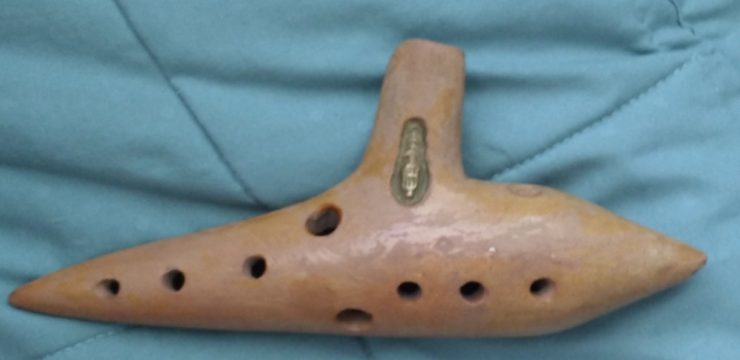Imagine a world where a simple key could mean more than just access to a locked door—it could symbolize loyalty, authority, control, and even fear. In medieval times, keys held deep meaning beyond their practical use. They represented trust, responsibility, and sometimes dominance. For knights heading off to battle or on crusades, keys were often left behind with caretakers or wives, along with great responsibility. But alongside this trust came stories of control, the most infamous being the legend of the chastity belt—an object that still stirs both curiosity and discomfort centuries later. But how much of that story is grounded in truth, and how much is a product of myth, fear, or exaggeration?

The chastity belt is often portrayed as a metal device locked around a woman’s waist, designed to prevent sexual activity during her husband’s absence. The key, supposedly kept by the husband, became a symbol of ownership and control. While it fits the narrative of medieval male dominance, the actual existence of chastity belts during the Middle Ages is widely debated. Many historians believe that most physical examples of these devices date from the 16th or 17th century—long after the Middle Ages ended. Some were likely torture devices or theatrical props created to illustrate moral warnings rather than tools of real-world use. Others argue they were more symbolic or satirical, created to represent purity or mock excessive concern over fidelity, rather than functioning restraints worn day-to-day.
Even if chastity belts were occasionally used, there’s a glaring problem—hygiene. The Middle Ages lacked modern sanitation. People bathed infrequently, and wearing a locked metal device over long periods would likely cause serious medical issues. Infections, skin breakdown, and even life-threatening complications could arise. The idea of a woman wearing such a device for months or years seems highly impractical, especially without any way to address basic hygiene or menstruation needs. This reality casts significant doubt on the notion that chastity belts were ever widely adopted or practical for real use.
Medieval hygiene was already a challenge. Cleanliness often depended on status, religion, and regional norms. While some groups valued bathing, others avoided it altogether, fearing disease. Many believed that hot water opened pores, allowing illness to enter the body—especially during plague outbreaks. As a result, daily hygiene involved wiping down with cloths or applying fragrant oils, and full-body bathing was typically reserved for special events like weddings or religious festivals. For women, the challenge was even greater. Without modern menstrual products, they resorted to cloth pads, wool, or moss. Wearing a restrictive metal belt under these conditions would make even the most basic hygiene routines impossible. This is one of the strongest arguments against the everyday use of chastity belts.
Still, keys had significant meaning during this time, especially in noble households. Women in charge of estates—often wives of knights and lords—carried keys that represented their authority and trust. These keys granted access to storerooms, chests, and household valuables. They were symbols of respect and power. Meanwhile, men carried keys to armories and private rooms, reinforcing their authority. Yet, women, especially noblewomen, held more influence than many assume. While their husbands were away, they managed properties, negotiated deals, and even handled legal matters. In some cases, they used their keys not just for duty but for independence—unlocking doors, securing secrets, or asserting their agency.
So, are chastity belts fact or fiction? There are few mentions of them in medieval records. The first written reference appears in the 15th century, and most surviving examples are thought to be from the Renaissance or even the Victorian era. During the 19th century, there was a fascination with medieval culture. Victorians often romanticized or sensationalized the past, creating items like chastity belts to illustrate their own ideals of morality and gender roles. Many museum artifacts are likely Victorian reproductions, not authentic medieval devices.
In the end, the story of medieval keys and chastity belts reflects more about societal fears, control, and the complex roles of women than actual historical practices. While keys represented trust and authority, the connection to chastity belts likely stems more from legend than truth. The harsh realities of medieval life—lack of hygiene, limited medical care, and societal constraints—make it unlikely that these devices were commonly used. Instead, they may have functioned more as a warning or symbol of virtue, meant to instill fear or reinforce moral expectations. What remains clear is that the Middle Ages were far more layered and nuanced than many modern portrayals suggest. Behind each key was a story—not just of control, but also of resilience, secrecy, and silent defiance.





